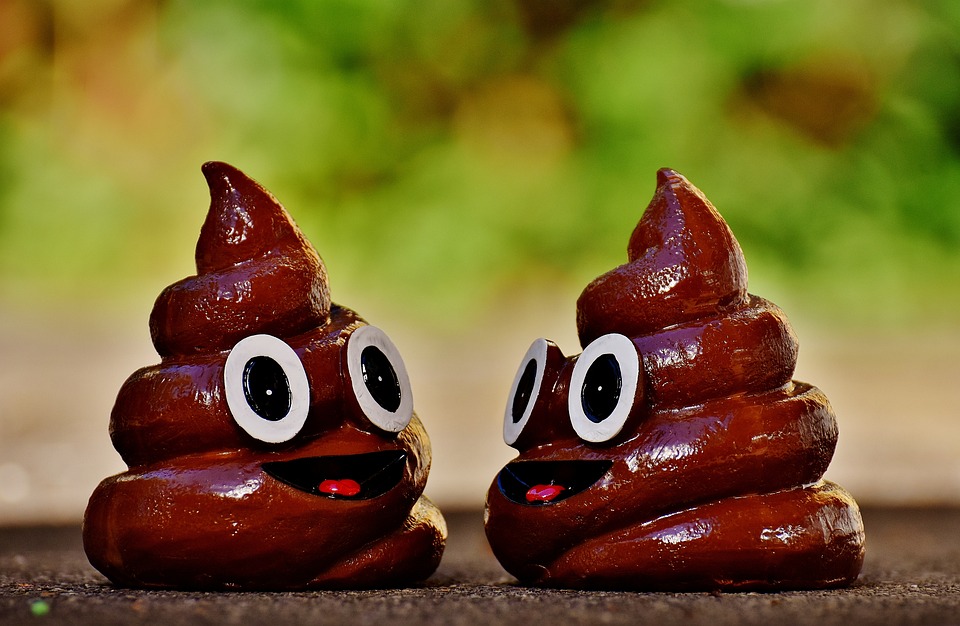The Poop on Dinosaurs: Coprolite Analysis Uncovers Ancient Appetites
Imagine being able to gaze into the digestive habits of the mighty dinosaurs that once roamed our planet. It may seem like a strange idea, but thanks to the wonders of science, we can now do just that. Enter coprolite analysis, a field of study that involves examining fossilized dinosaur poop to uncover secrets about their diets and lifestyles.
What is Coprolite Analysis?
Coprolite is the fossilized remains of animal dung, and it’s surprisingly common in fossil deposits. By studying these ancient poop deposits, scientists can learn about the diet, habitat, and behavior of long-extinct creatures like dinosaurs. The process involves collecting and analyzing the coprolite samples, which are often found in sedimentary rock layers. By examining the texture, composition, and presence of certain organisms within the poop, researchers can reconstruct the dietary habits of the dinosaurs that produced them.
Dino-Mite Discoveries
Coprolite analysis has led to some fascinating discoveries about the appetites of our prehistoric friends. For example:
- Sauropods were plant-eaters: Fossilized poop from sauropods, long-necked herbivores like Diplodocus and Apatosaurus, contains high amounts of plant material, indicating that they fed on ferns, cycads, and conifers.
- Carnivores dined on large prey: Coprolites from carnivores like Tyrannosaurus rex and Velociraptor contain fragments of bones and teeth from other dinosaurs, suggesting that they preyed upon large herbivores.
- Some dinosaurs ate insects: Fossilized poop from ornithischians, a group of herbivorous dinosaurs, contains the remains of insects like beetles and flies, indicating that they may have fed on these tiny creatures.
Image:
[Image: A rendering of a T. rex eating a Triceratops, with a caption "T. rex: the ultimate carnivore, with a taste for large prey"]
The Poop on Dinosaurs: FAQs
Q: How do scientists collect and analyze coprolites?
A: Coprolites are typically collected from fossil deposits, and then examined under a microscope or through X-ray imaging to determine their composition and contents.
Q: What’s the most common type of coprolite found in dinosaur fossil deposits?
A: Plant material, such as leaves and seeds, is often the most common component of dinosaur coprolites.
Q: Can coprolite analysis help us understand dinosaur behavior?
A: Yes! By studying the composition and texture of coprolites, researchers can infer information about dinosaur behavior, such as their social habits, feeding patterns, and migration routes.
Q: Are coprolites the only way to learn about dinosaur diets?
A: No! Other methods, such as studying dinosaur skeletons and track marks, can also provide valuable insights into their diets and lifestyles.
Q: Can I collect and analyze coprolites myself?
A: Not recommended! Coprolites are often found in sensitive environments, and collecting and handling them requires specialized training and equipment to avoid contamination and damage.
In conclusion, the study of coprolites offers a unique window into the lives of our ancient ancestors, the dinosaurs. By examining the fossilized poop of these prehistoric creatures, we can gain a deeper understanding of their diets, habitats, and behaviors. Who knew that studying poop could be so fascinating?


